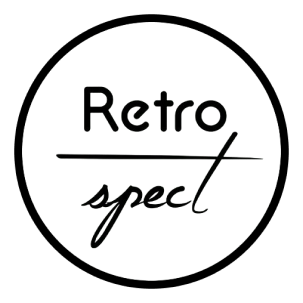Creator: Kalmar Lighting (Manufacturer),J.T. Kalmar (Designer)
Dimensions: Height: 13.78 in (35 cm)Width: 5.91 in (15 cm)Depth: 3.94 in (10 cm)
Power Source: Hardwired
Voltage: 220-240v,110-150v
Lampshade: Included
Style: Brutalist (In the Style Of)
Materials and Techniques: Glass,Metal,Pressed
Place of Origin: Austria
Period: Mid-20th Century
Date of Manufacture: 1970-1980
Condition: Good. Wear consistent with age and use.
Specifications
Ice glass "Herrenberg" wall lamp by Kalmar, Austria 1970s
Dispersion glass wall lamp. Made by Kalmar Austria in the 1970s. This is model "Herrenberg" mentioned in the 1972 catalogue. It has three E14 plugs. Suitable for both European and US use by using the correct voltage bulb for your location. The lamp has a metal wall bracket (that is fixed either to the wall or on a junction box) and a glass shade. The shade is made from pressed relief glass and disperses the light very nice. Wiring has been checked but an inspection and installation by a licensed electrician is advised.
- Kalmar Franken KG. Founded in Vienna by Julius August Kalmar in the 1880s, Kalmar first specialised in the production of hand crafted objects of cast bronze. The company soon established its practice of closely collaborating with prominent architects to create chandeliers and other cast bronze objects in Austria, Europe and the United States. Before long it was presenting custom-made wares at international exhibitions such as the 1888 Vienna Trade Exposition (Gewerbeausstellung Wien). The 1893 Chicago World’s Columbian Exposition. The 1901 Export Exposition Scandinavia and the 1906 Austrian Exhibition in Earl’s Court, London. Julius Theodor Kalmar After the turn of the century, Julius Theodor Kalmar, son of the original founder, studied under the renowned Austrian architect and designer Josef Hoffmann at the Vienna School of Applied Arts and the Birmingham School of Art and Design. Inspired by Josef Hoffmann and the arts and crafts movement of the era, Julius pushed the company in a new direction away from the eclectic style of the late 19th century. And in 1925 Kalmar designs began selling in Haus und Garten, an avant-garde shop for home furnishings founded by architects and designers Josef Frank and Oskar Wlach. The shop was to become a main venue of modern Austrian interior and lighting design. It has a trademark in the promotion of Viennese design abroad. By 1931, Kalmar was concerned solely with designing and manufacturing high quality lamps and fixtures in cooperation with the architects of the Austrian Werkbund, an association of artists, craftsmen, architects and manufacturers founded in 1912. Their purpose was the promotion of a high regard for material, form and function in the hand crafted as well as industrial production of fine art and applied arts. They sought modernity by combining classical tradition and contemporary innovation. Recognised as a typically Viennese style by the 1930s, this “moderate modernity” integrated the ornament-stripped purism of Adolf Loos with more traditional elements. Julius Theodor Kalmar saw lighting fixtures as “quite humble things, which fit in and serve their purpose of functionally illuminating living spaces without glare — and that is what it all comes down to, as far as lamps are concerned as well as in all aspects of life: fitting in with the given framework and with the overall concept.” Designers Thanks to the younger Kalmar’s involvement and personal acquaintance with the leading European architects of the day, the name Kalmar became associated with high quality modern design. The company flourished, producing light fittings for prominent Austrian architects and designers including Frank and Wlach. As well as Oskar Strnad, Clemens Holzmeister, Oswald Haerdtl, Ernst Plischke, and others. As the company grew, the size and scope of its contracts increased. And soon it was producing chandeliers and major installations for clients such as the Vienna Opera, the Burgtheater, the new theatres in Linz and Salzburg and the Vienna stock exchange. During the 1960s and 70s, Kalmar became increasingly involved in the production of decorative glass objects. Initially designed for the retail market, the company’s mouth-blown and moulded relief glass elements offered vast decorating possibilities in large or small areas. As a result, the demand for Kalmar installations grew steadily. The company became more widely known among international design and architecture professionals.














